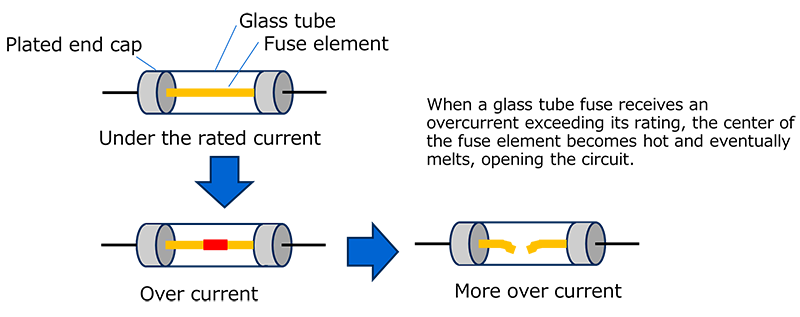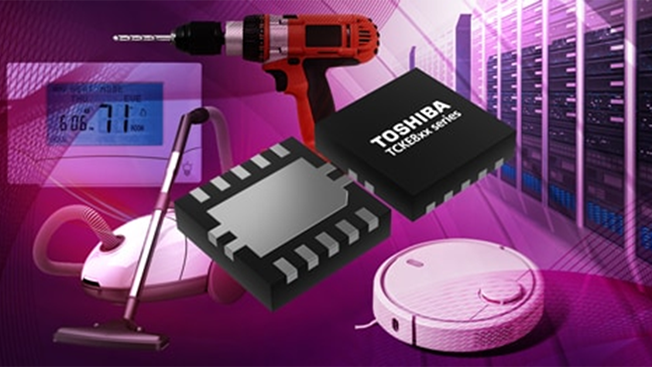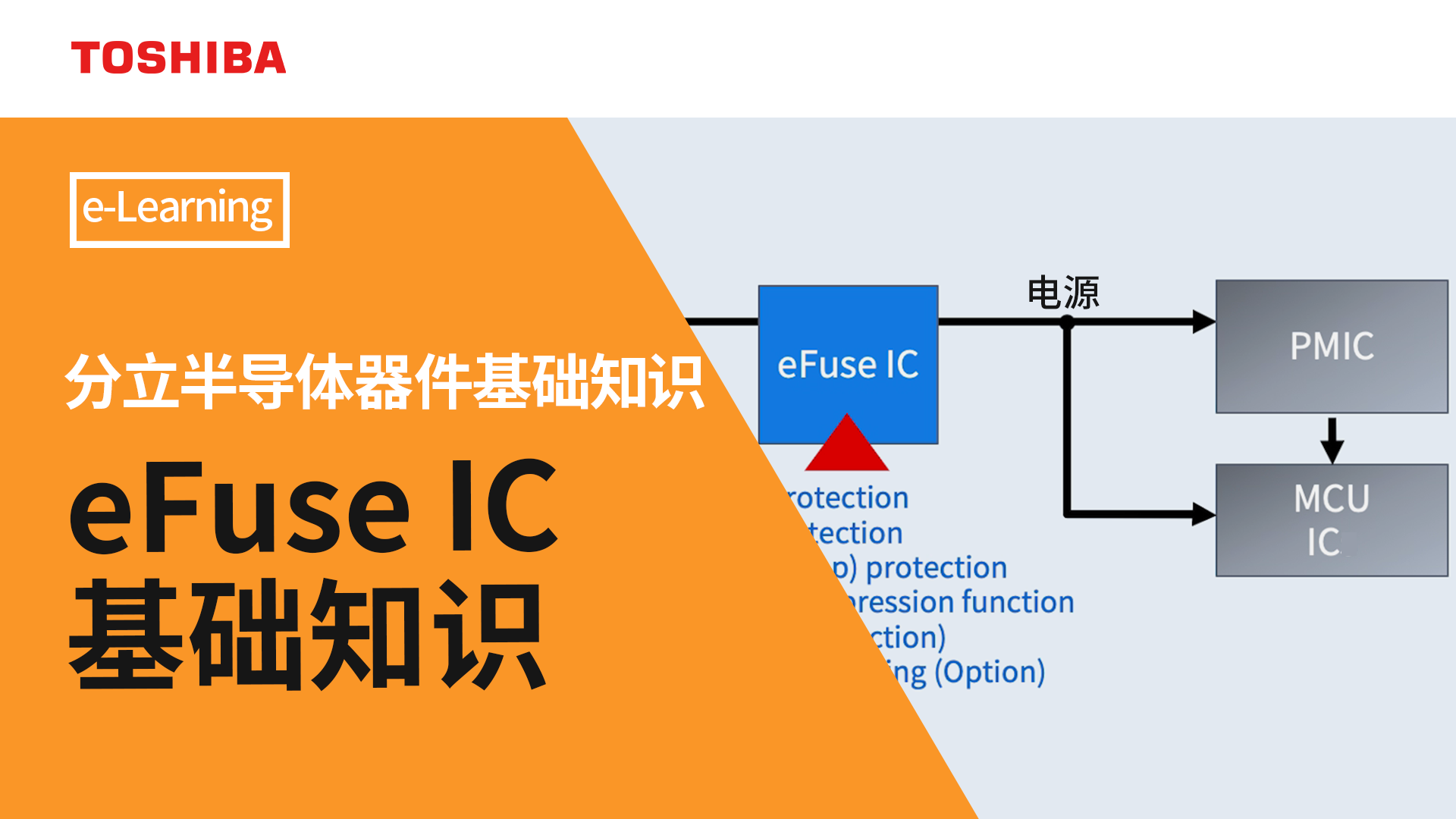- 型号 & 关键词搜索
- 交叉搜索
- 参数搜索
- 库存查询与购买
This webpage doesn't work with Internet Explorer. Please use the latest version of Google Chrome, Microsoft Edge, Mozilla Firefox or Safari.
请输入3个以上字符 Search for multiple part numbers fromhere.
The information presented in this cross reference is based on TOSHIBA's selection criteria and should be treated as a suggestion only. Please carefully review the latest versions of all relevant information on the TOSHIBA products, including without limitation data sheets and validate all operating parameters of the TOSHIBA products to ensure that the suggested TOSHIBA products are truly compatible with your design and application.Please note that this cross reference is based on TOSHIBA's estimate of compatibility with other manufacturers' products, based on other manufacturers' published data, at the time the data was collected.TOSHIBA is not responsible for any incorrect or incomplete information. Information is subject to change at any time without notice.
请输入3个以上字符
与玻璃保险丝和聚合物开关相比,使用eFuse IC有哪些优势?
与玻璃管保险丝(片式保险丝)一样,eFuse IC(电子保险丝/熔断器)可以切断电流,也可以像聚合物开关(如PTC热敏电阻、聚合物保险丝、可恢复式保险丝)一样,无需更换即可重启。玻璃管保险丝、聚合物开关等会因过流产生的热量(温度上升)而断开(或被抑制)。与此不同,eFuse IC直接监测和判断电流(电压),高度准确地瞬间断开。此外,eFuse IC具有热关断、过压钳位和反向电流阻断等多种保护功能,从而能够提高系统可靠性。

主要特性:
玻璃管保险丝、聚合物开关和eFuse IC都用于过电流保护。两者之间的区别在于过流时的状态以及是否需要更换。
过流时的状态
- 切断电流:
玻璃管保险丝内部保险丝元件(金属导线)熔化断开电路。eFuse IC关断内置开关(MOSFET) 切断电流。 - 限制电流:
随着聚合物开关的温度升高并达到一定温度,串联电阻值呈指数增大。电阻增大,电流减小。
是否需要更换?
- 需要更换:
玻璃管保险丝工作时,内部保险丝熔断,无法恢复。 - 无需更换:
聚合物开关元件温度下降时,串联电阻的阻值下降,元件恢复到原始状态。eFuse IC通过接通内置开关可以轻松恢复原始状态。
对于eFuse IC,根据所选IC,有两种方法在切断电流后恢复原始状态。
1)自动重试型:一段时间后恢复工作(约100微秒)。
2)锁存型:使用外部控制信号重置(EN/UVLO端子信号)。
自动重试型和锁存型各有优缺点。
连接电脑和智能手机的即插即用设备(如音频设备、显示器、鼠标和键盘)可能存在异常连接,如线缆损坏、插头接触不良或连接设备故障。这些情况会导致过流并启动上述电流控制元件。
(请参阅以下常见问题。)
eFuse IC(电子保险丝/熔断器)可以热插拔吗?
这种情况下,所需可恢复式元件(自动重试型元件)在故障清除后不必进行更换,如聚合物开关。然而,采用聚合物开关时,被抑制的电流会继续流动。另外,如果过流原因未消除,将重复升温←→降温。
当设备要求具有可靠性,或下游安全成为重要因素时,运行设备之前断电,并从故障状态下恢复是很重要的。对于此类应用,理想情况是玻璃管保险丝等器件完全切断电流,仅在确认之后才运行。
eFuse IC可通过选择IC满足可复位(自动重试型)或完全中断(通过控制信号重启的锁存型)的要求。
玻璃管保险丝、聚合物开关和eFuse IC工作原理:
玻璃管保险丝切断电流是由于电流通过保险丝和保险丝的阻力产生焦耳热,造成保险丝温度超过其熔点而熔断。

聚合物开关有两种类型:聚合物PTC和陶瓷PTC。聚合物PTC用于防止过流。聚合物PTC由导电颗粒(如碳和镍等金属)与绝缘聚合物混合制成。
在室温下,导电颗粒相互接触,形成低电阻元件。过流时,经过热敏电阻的电流和热敏电阻的电阻产生焦耳热,造成热敏电阻的聚合物膨胀,导电元素分离,产生高电阻。超过居里温度(即阻值为25°C时阻值的两倍时所对应的温度)时,阻值迅速增大。

玻璃管保险丝和PTC热敏电阻都是利用电流增加产生的焦耳热造成元件温度上升。因此,需要一些时间才能起作用。同时,作为初始温度的环境温度也有影响。此外,PTC热敏电阻在很大程度上受升温热阻(基板安装条件、基板模式案等)的影响。
然而eFuse IC监测内置开关两端电压,确定通过的电流量并关断开关(MOSFET),因此几乎不需要时间即可做出动作。它不受环境温度等条件的影响,并且可以根据准确的电流值切断电流。
相关链接
以下文档也包含相关信息。
FAQ
应用说明
*本文提及的公司名称,产品名称和服务名称可能是其各自公司的商标。



